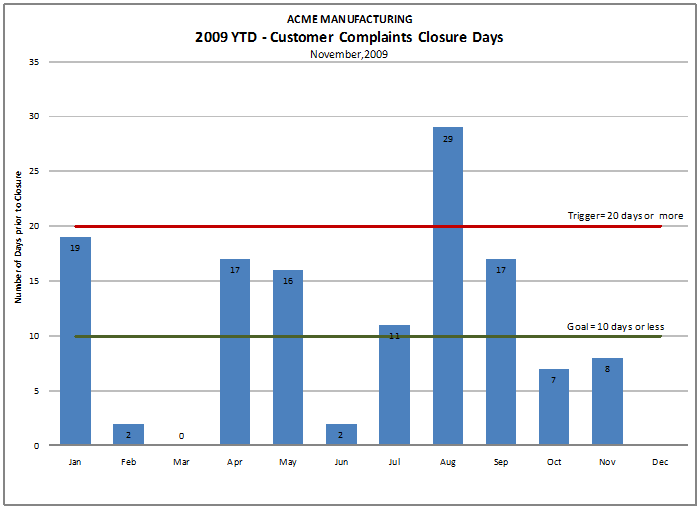A Game of Words
As an ISO Auditor I always ask employees to tell me whether they are familiar with the company Quality Objectives or not. Obviously, I may not ask that as a straight question but rather something like this:
- How do you know if you are doing a good job?
- Has your company established any quality objectives or metrics?
However, more than once I have found that employees resonate with the company lingo which may not coincide with my typical name for things. Since I know that Objectives are one of those words, I usually ask: “Do you have any goals, metrics, or Quality Objectives”?
I remember once I went through the entire audit – a whole three days, asking employees about their goals, metrics, or objectives. I remembered even asking “do you track something, do you measure something?” But people were not able to give me an answer. Finally towards the end of the audit, one person said, “do you mean targets?” and immediately everyone was able to understand and explain in full their targets.
“Do you mean targets?” and immediately everyone was able to understand and explain in full their targets. This was a good lesson.
Defining ISO Audit Terms
Quality Objectives as defined by the ISO 9001 standard are ‘something sought or aimed for, related to quality”.
A goal or a target may be an actual number that you are trying to achieve in an objective, but as experience show us an objective is sometimes called a goal or a target. For example:
Example 1
- Quality Objective: Reduce the number of complaints by 50%
- Goal/Target: Current level of customer complaints * 0.5
Example 2
- Quality Objective: Achieve ISO 27001 certification
- Goal/Target: Achieve certification in 6 months or Achieve certification with 0 nonconformities.
Good Looking ISO Audit Graphs
As part of my own theories, I believe good looking graphs is another area where “Less is more”. For example, a clean graph showing your Quality Objectives can clearly demonstrate your organization’s progress. For more insights, you can explore ISO Training Courses offered by Mireaux.

Now let’s take a look at this other graph. This graph has a few more elements which makes it a bit more busy but also provides plenty of information.

How many of them do you need?
The question now is, how many quality objectives or KPIs do you need? Does ISO 9001 require that you have a minimum of 10? Or perhaps a minimum of 4 by department or process? Would more KPIs make your company look better? For more guidance, you can visit the Free ISO & API Certification Guide.
As the organization matures in their quality journey and the quality management system becomes more robust, then a company may decide to take on a few more objectives or KPIs. This has to be done carefully to ensure that value added is always kept in mind.
Time to Put the Game of Words to Rest
Now that we have given you the definitions for what is a quality objective, target, goal, and KPI, hopefully you feel better and understand that regardless of what you call your metrics, the value is in what you track and how you present them to your employees.
Remember, quality objectives are meant to drive improvement. For expert guidance on setting and achieving meaningful objectives, explore our ISO Consulting Services.
Advance Your Knowledge with API and ISO Training from Mireaux University
Whether you’re preparing for certification or ready to take your team’s expertise to the next level, Mireaux training gives you the tools to succeed. Through Mireaux University (Mireaux-U) — our dynamic online learning platform — you can access course materials anytime, watch exclusive bonus videos, take your online exam, and download your certificate instantly. Experience expert-led training and real-world insights designed to empower your success. And link Mireaux University to this page:
ISO Training API Training



